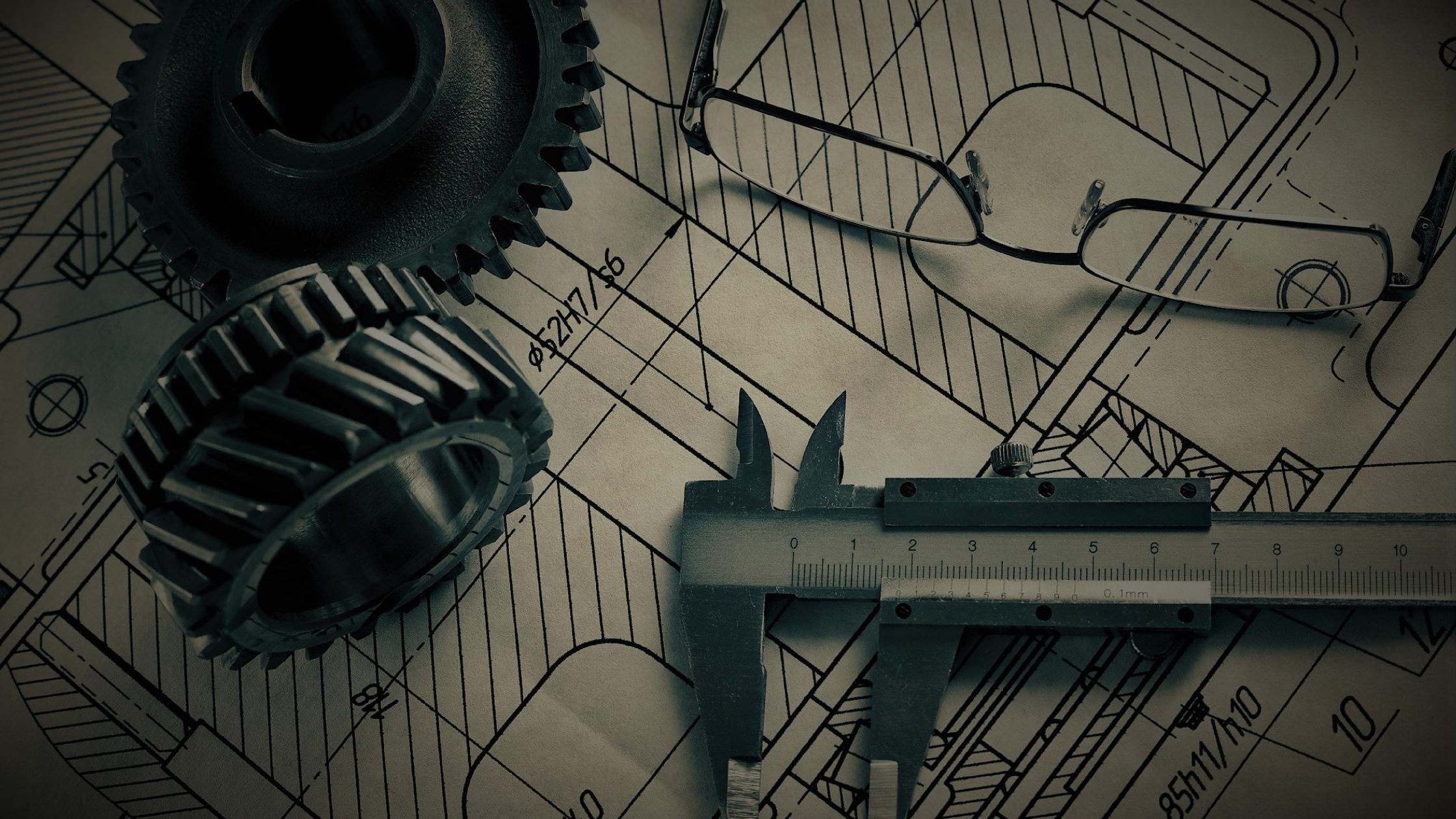The History of Additive Manufacturing
By Johnny Nugent
As an ERP software vendor that serves the manufacturing industry, Visibility loves seeing how the manufacturing industry continues to grow and change. Additive manufacturing is the process of creating a structure or an object by incorporating thousands of microscopic layers that combine to make a product. Additive manufacturing contains a number of subtypes, which include 3D printing, rapid prototyping, and direct digital manufacturing.
A form of Additive manufacturing called Stereolithography or SLA (a form of 3D printing, designed to create patterns, models, prototypes and production parts in a layered fashion) has been around since the 1980s. An early pioneer of SLA was named Dr. Hideo Kodama and called the technology rapid prototyping. Unfortunately, Dr. Kodama's patent application was denied because of his failure to file the full patent requirements on time, prompting him to move on from his works in the field. The technology was later picked back up in 1984 by a team of French engineers but was abandoned not long after.
In 1986 an American inventor named Charles (Chuck) Hull filed the first official patent for SLA. This is the origin of the 3D printing technology that we have now become accustomed to. He developed the first SLA-1 (3D printing) machine in 1987, which was the first device to print a physical object from a digital or computer-generated file.
What are the Benefits of Additive Manufacturing?
The benefits associated with additive manufacturing mainly exist in the realm of manufacturing, and include:
- Reduction in cost
- Reduction in time
- Reduction in errors
- Instant production
- Confidentiality
- Drives innovation
What are the Challenges Associated with Additive Manufacturing?
Although the additive manufacturing industry is booming, there are still challenges associated with it, in regards to manufacturing. These challenges include:
- Cost of system equipment
- Cost of materials
- Lack of in-house expertise
- Quality of parts
- Technology limitations
- Difficulty in scaling operations
The benefits associated with additive manufacturing are set to change the manufacturing world as we know it. As the manufacturing world evolves so does VISIBILITY ERP - to learn more about our make-to-order manufacturing solution, click on the button below.




